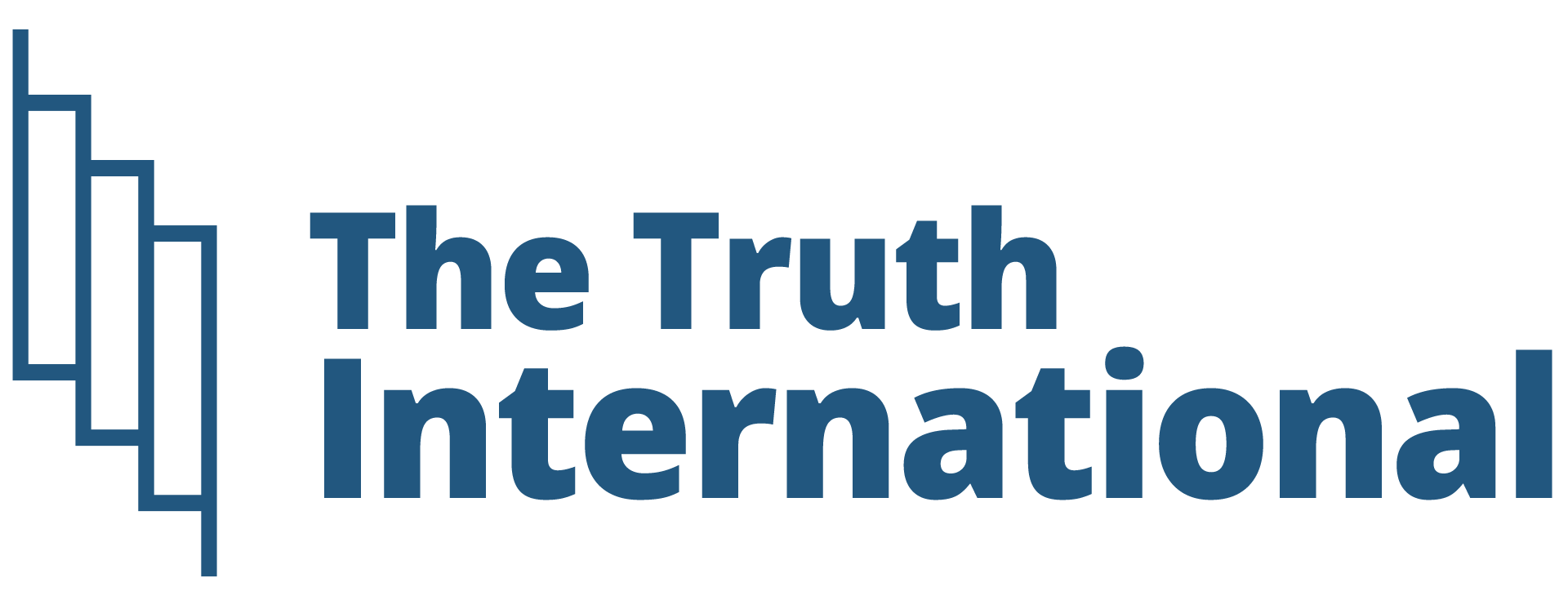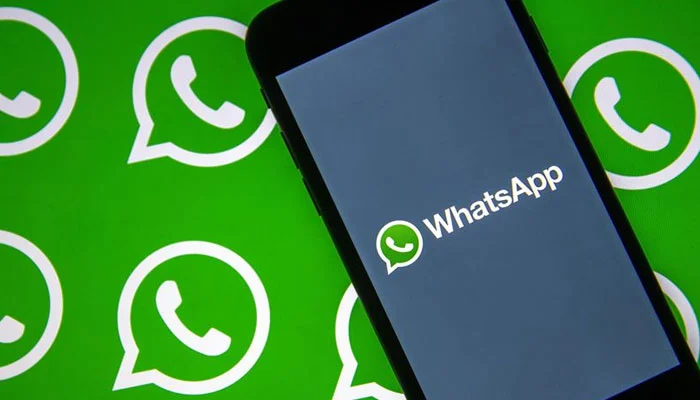As of 2024, WhatsApp, with nearly three billion users worldwide, remains one of the world’s most popular messaging apps, serving both personal and business communication needs.
While the app is free for users and runs on powerful servers spread across multiple data centers, maintaining such a massive operation is far from cheap. So, how does WhatsApp make money without charging its users?
Owned by Meta, the tech giant led by Mark Zuckerberg that also controls Facebook and Instagram, WhatsApp generates revenue through its corporate clients.
According to the BBC, WhatsApp monetizes its platform by offering tailored services for businesses, allowing them to communicate with users who have personal, free accounts. Since last year, companies have been able to create channels on WhatsApp to send messages to subscribers at no cost. However, businesses pay a premium for one-on-one customer interactions, whether they are conversational or transactional.
In places like Bangalore, India, for example, users can now purchase bus tickets and select their seats through WhatsApp.
Nikila Srinivasan, Meta’s vice president of business messaging, outlined the vision: “Our goal is for a business and a customer to complete transactions within a single chat thread. Whether booking a ticket, initiating a return, or making a payment, users should be able to do it all without leaving their chat, seamlessly transitioning back to their conversations.”
Businesses can also pay for a link that connects a social media ad directly to a WhatsApp chat, allowing customers to start a conversation immediately. Srinivasan noted that this feature alone has generated billions of dollars for Meta.
Matthew Hodgson, co-founder of the UK-based firm Element, added that advertising remains a key revenue stream for many messaging apps. He explained that platforms monitor user behavior — who they talk to and how they interact — to deliver targeted ads, even if messages are encrypted.
“The principle is simple: if the service is free, then the user is often the product,” Hodgson concluded.


